The Metaverse In Fashion Market is currently characterized by a dynamic competitive landscape, driven by rapid technological advancements and evolving consumer preferences. Major players such as Nike (US), Gucci (IT), and Meta (US) are at the forefront, leveraging innovative strategies to enhance their market presence. Nike (US) has focused on integrating augmented reality (AR) into its digital offerings, allowing consumers to experience products in immersive environments. Meanwhile, Gucci (IT) has positioned itself as a pioneer in digital fashion, launching virtual collections that resonate with younger audiences. Meta (US), with its extensive resources, is concentrating on creating a robust metaverse infrastructure, facilitating seamless interactions between brands and consumers. Collectively, these strategies indicate a shift towards a more integrated and experiential approach in the fashion sector, reshaping competitive dynamics.
In terms of business tactics, companies are increasingly localizing manufacturing and optimizing supply chains to enhance responsiveness to market demands. The competitive structure of the Metaverse In Fashion Market appears moderately fragmented, with a blend of established luxury brands and emerging digital-native companies. This fragmentation allows for diverse consumer choices but also intensifies competition among key players, as they strive to differentiate themselves through unique offerings and experiences.
In September 2025, Nike (US) unveiled a new virtual sneaker line exclusively for the metaverse, which allows users to customize their designs in real-time. This strategic move not only enhances consumer engagement but also positions Nike as a leader in the digital fashion space, potentially increasing brand loyalty among tech-savvy consumers. The introduction of customizable virtual products reflects a broader trend towards personalization in the fashion industry, suggesting that consumer preferences are shifting towards unique, tailored experiences.
In August 2025, Gucci (IT) announced a partnership with a leading blockchain platform to authenticate its digital fashion items. This initiative underscores the brand's commitment to transparency and sustainability, addressing growing consumer concerns regarding authenticity in the digital realm. By leveraging blockchain technology, Gucci aims to enhance consumer trust and establish itself as a responsible player in the metaverse, which could lead to increased market share among environmentally conscious consumers.
In July 2025, Meta (US) launched a new initiative aimed at fostering collaborations between fashion brands and digital artists within its metaverse ecosystem. This initiative is significant as it not only promotes creativity but also encourages brands to explore innovative marketing strategies. By facilitating these collaborations, Meta is likely to enhance its platform's attractiveness to fashion brands, thereby solidifying its position as a central hub for digital fashion.
As of October 2025, current competitive trends in the Metaverse In Fashion Market are heavily influenced by digitalization, sustainability, and the integration of artificial intelligence (AI). Strategic alliances among brands are becoming increasingly common, as companies seek to leverage each other's strengths to enhance their offerings. Looking ahead, it appears that competitive differentiation will evolve from traditional price-based strategies to a focus on innovation, technological advancements, and supply chain reliability. This shift suggests that brands that prioritize unique digital experiences and sustainable practices may gain a competitive edge in the rapidly evolving metaverse landscape.


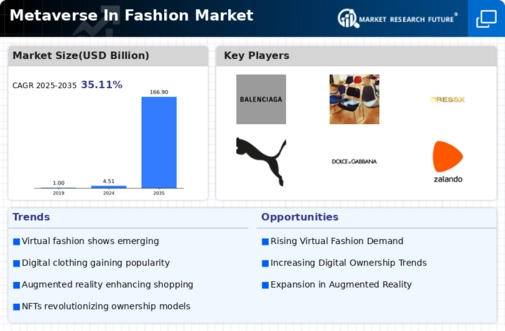

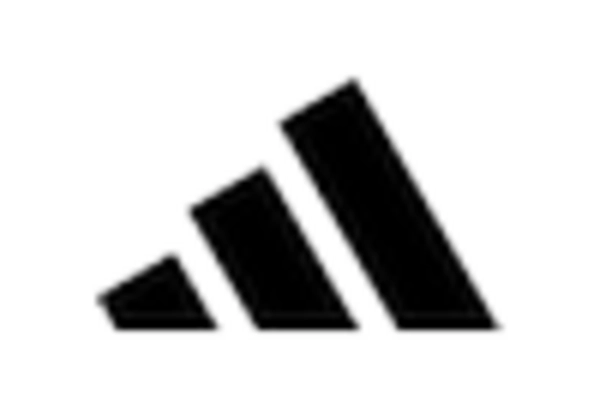
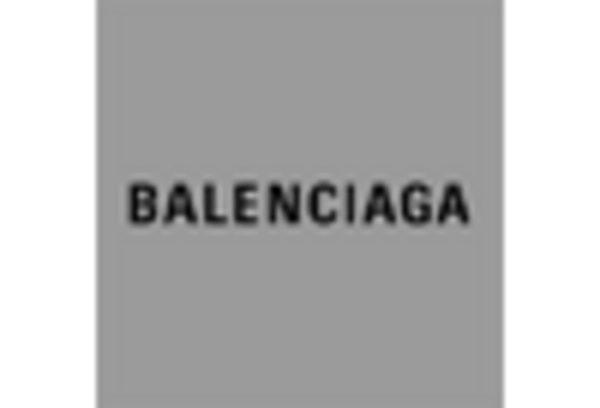
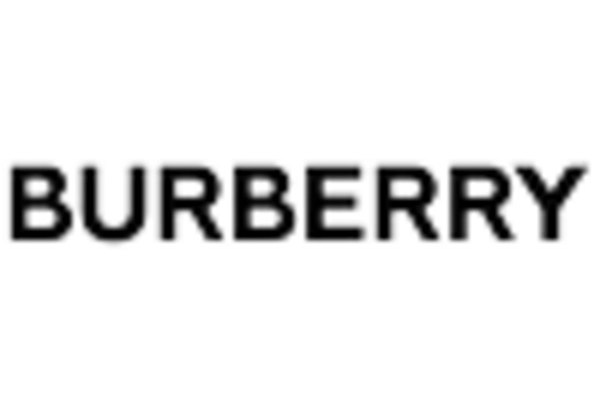
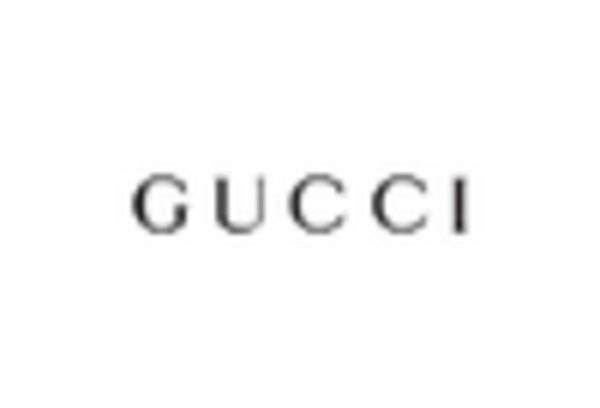
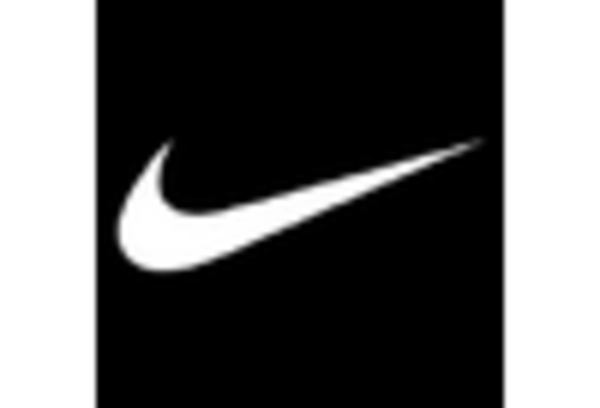
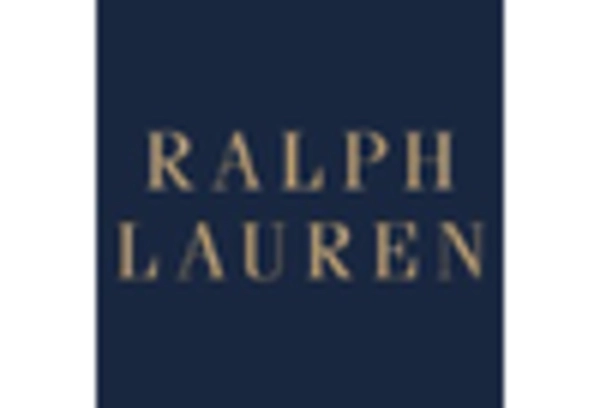








Leave a Comment